How to get into whitewater kayaking
Kayaking is a great watersport to get involved with, as it provides a great workout, the opportunity to explore your local rivers and coastlines, and it’s also a really sociable sport. However, if the thought of paddling along a quiet river hasn’t filled you with excitement, maybe it’s time to take it up a level and see if whitewater kayaking is the sport for you.
Never tried kayaking before? Read our beginner's guide to kayaking first.
What is whitewater kayaking?
At its most basic level, whitewater kayaking is simply kayaking on a moving body of water. Whitewater refers to when water has been churned up so that it goes foamy and therefore appears white, such as in fast-paced rivers and rapids. To kayak down this requires a lot of skill and a high level of fitness, and it can be extremely dangerous. However, if you approach it with the necessary skills and training, it can be extremely exhilarating, and more than a little addictive.
What level do I need to be at to try whitewater kayaking?
As well as being a confident swimmer and experienced at flat water kayaking, it’s essential that you build up a few skills on calmer waters or in a pool before hitting the rapids.
- Being able to steer and control your kayak efficiently is important on flat water, but it becomes even more essential when you hit the rapids. You may find yourself navigating around rocks and eddies, and in fast flowing water, you need to be able to respond quickly and powerfully.
- Getting comfortable edging and leaning your kayak will help prepare you for whitewater, where you need to keep yourself stable when your kayak tips in the waves and currents.
- If you can learn how to eskimo roll, you’ll be able to progress more easily on the rapids, as you’ll feel much more confident with all of the tipping and twisting, and therefore feel more comfortable pushing yourself.
- You should spend some time learning to understand and predict whitewater, as being able to spot eddies and currents will make life on the rapids much easier for you.
- Finally, be aware of the key risks you may be facing and how to avoid them or deal with them. Ultimately you need to understand how to be safe on whitewater.
What kit do I need for whitewater kayaking?
Of course, you’ll need a kayak and a paddle, but what else?
- Spray Deck: This is really important, as it will stop the water getting into your kayak and filling it up. On flat water, this isn’t really an issue, but as soon as you hit rapids or waves a spray deck becomes essential.
- Buoyancy Aid: Wearing a buoyancy aid or a PFD (Personal Flotation Device) when kayaking is essential. If you fall into the water and find yourself separated from your kayak, the additional buoyancy can save your life. Look for a buoyancy aid with spacious arm holes, as this will give you a better range of movement in your arms and shoulders, and be less restrictive when paddling.
- Helmet: If you’ve found whitewater, likelihood is there’s more than a few rocks lurking around, so wearing a helmet is a no brainer. Make sure you replace your helmet if you ever take a knock on the head though, as internal damage in the helmet is difficult to see, and a damaged helmet won’t be able to protect you the next time.
- Cag or Jacket: If you’re paddling through warm water, this might not be so essential, but in colder places you’ll be keen to keep yourself dry where possible, so a whitewater jacket is a must.
Where can I learn to whitewater kayak?
Being an extreme sport, we highly recommend completing a certified course before heading out. There are paddling clubs all over the place offering courses at a range of levels, so get in touch with your local and book yourself on.
In terms of the whitewater itself, there are loads of natural rapids and rivers that are popular with kayakers, as well as man made courses that are used for competitions and training. Always start with Grade 1 or 2 courses and build yourself up. If you push yourself too hard in the beginning with a Grade 3 or 4 course, you’ll end up focusing more on survival than enjoying the ride and developing your skills.
So, are you up for the challenge?
--
Written by Eliza Tilbury
Updated on 1st October 2019
Originally published on 6th September 2019 in Kayaking














































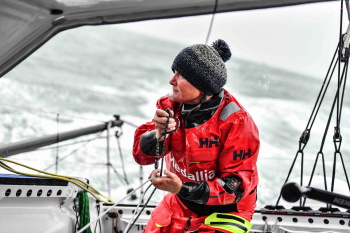
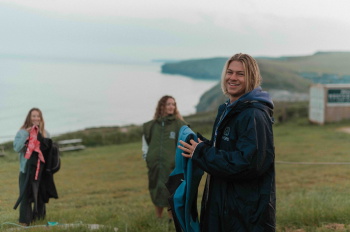
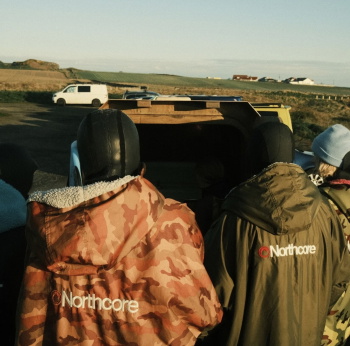
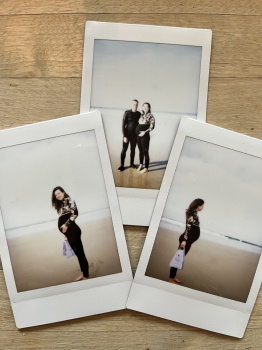
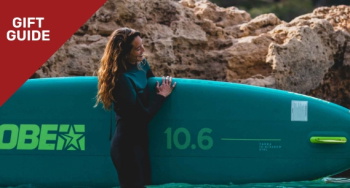

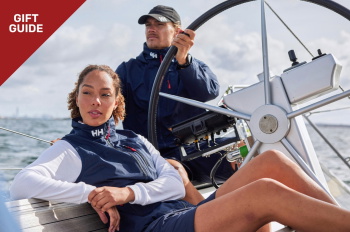

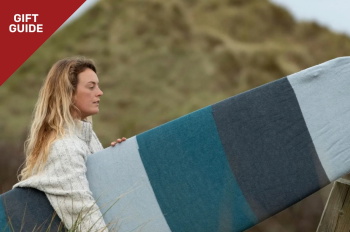
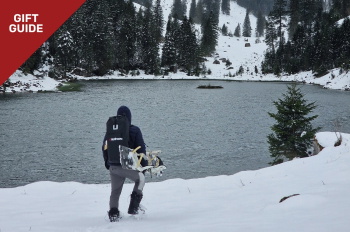
 Visit the US site
Visit the US site  Weiter nach DE
Weiter nach DE